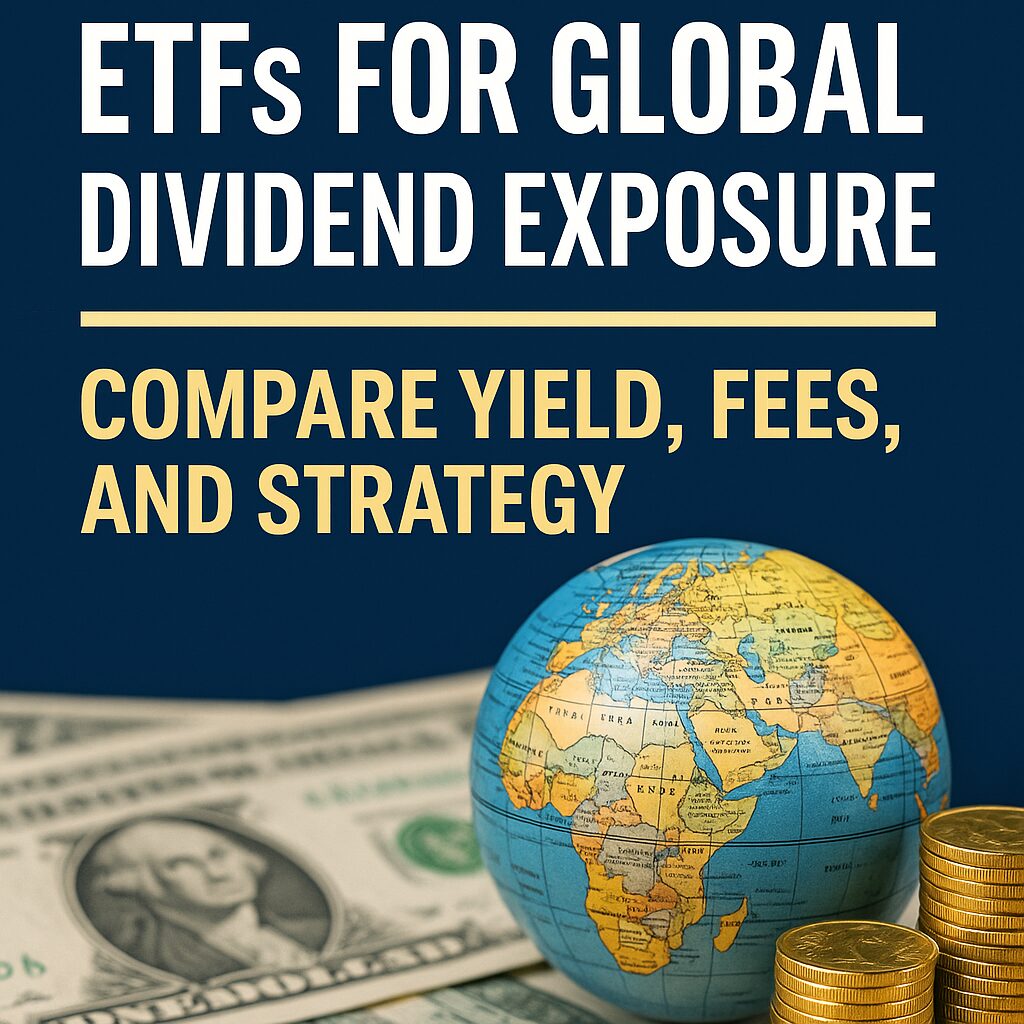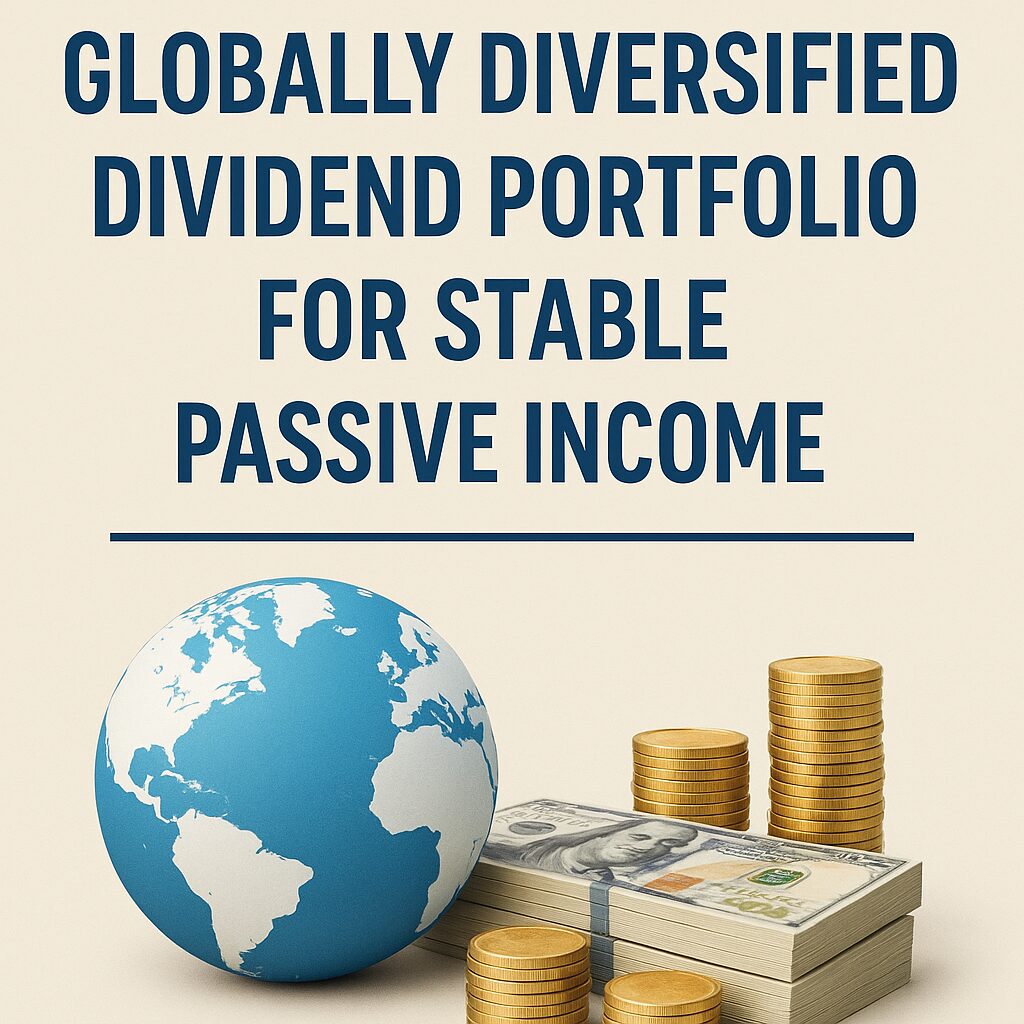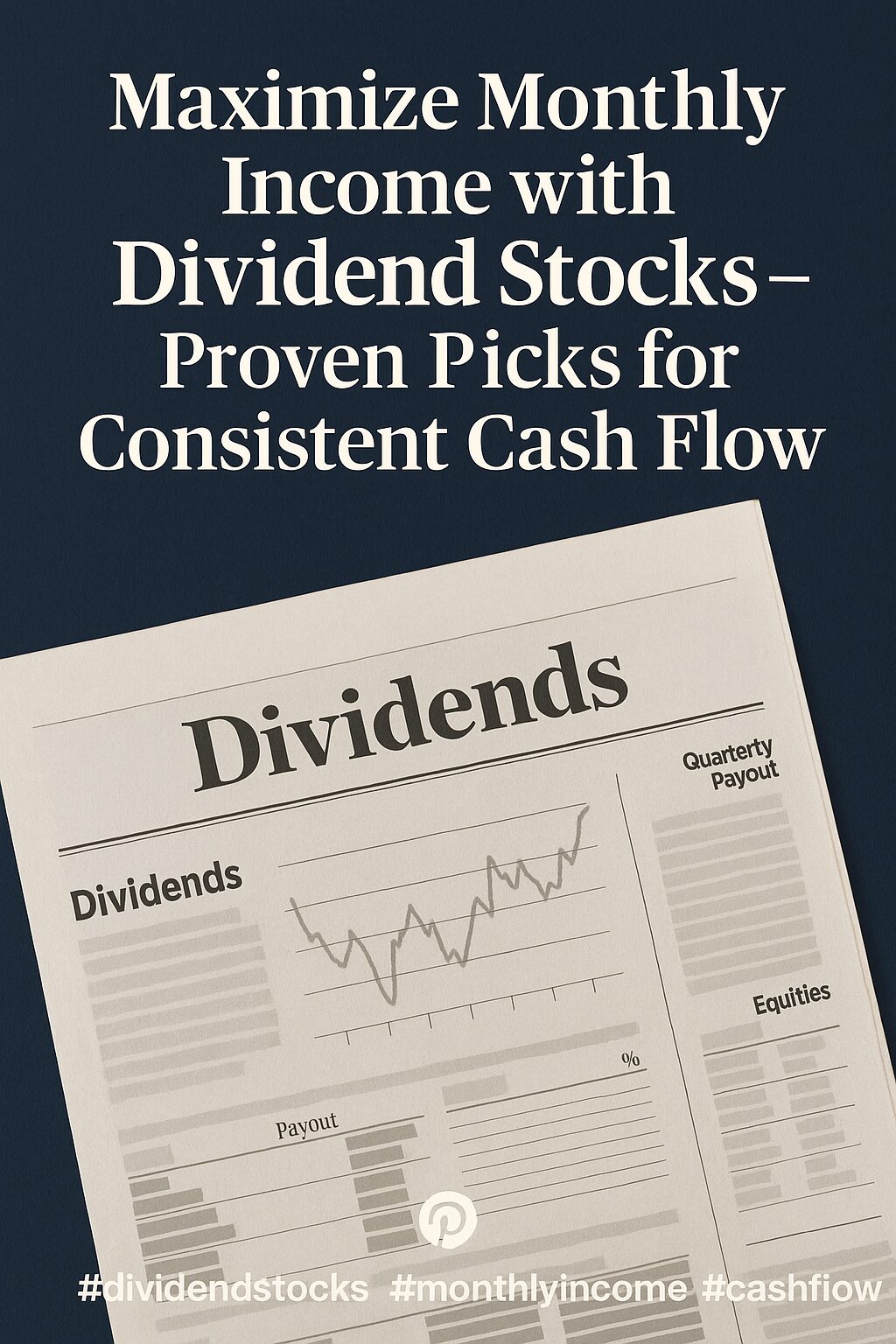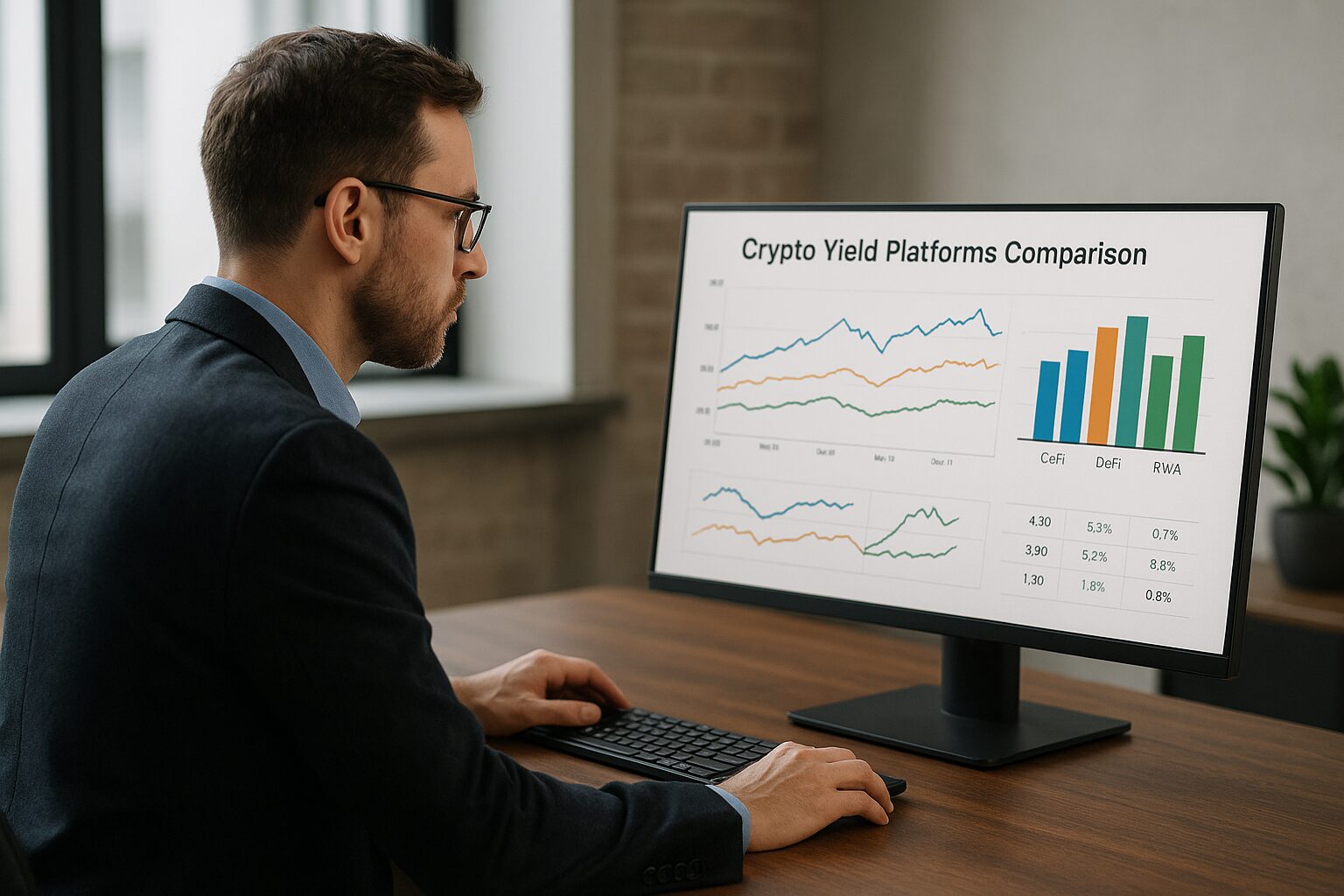Investing globally doesn’t mean you have to open brokerage accounts in Europe or Asia. Thanks to U.S.-listed ETFs, you can gain diversified international dividend exposure with a single click—while enjoying U.S. tax advantages and simplicity.
In this guide, we’ll review and compare the top U.S.-listed global dividend ETFs that can help you build long-term, stable passive income across currencies, economies, and sectors.
Why Use ETFs for Global Dividend Exposure
Buying individual international dividend stocks can be rewarding—but it’s also complex. You’d have to research foreign markets, navigate multiple tax regimes, convert currencies, and monitor political risks. That’s a full-time job.
Global dividend ETFs eliminate most of that complexity by offering:
- Broad diversification across countries, sectors, and currencies
- Professional management and screening
- Lower costs than mutual funds
- Consistent yield without the administrative burden
Plus, many U.S.-listed ETFs are optimized for tax efficiency, liquidity, and long-term income reliability—making them ideal for dividend-focused investors.
Top U.S.-Listed Global Dividend ETFs (Comparative Overview)
We’ve selected 4 of the most reliable and widely used ETFs for global dividend exposure. Each has a different strategy, geographic focus, and dividend approach.
Let’s break down their core characteristics.
ETF #1: Vanguard International High Dividend Yield (VYMI)
- Yield (12-month trailing): ~4.5%
- Expense Ratio: 0.22%
- Holdings: ~1,300 companies
- Top Countries: Japan, UK, Switzerland, Canada
- Dividend Frequency: Quarterly
- Key Sectors: Financials, industrials, energy
VYMI tracks the FTSE All-World ex-US High Dividend Yield Index. It’s one of the broadest global high-yield ETFs available. While it excludes U.S. companies, it captures strong dividend players from developed and emerging markets.
Ideal for: Investors seeking broad international income without U.S. exposure.
ETF #2: iShares International Select Dividend (IDV)
- Yield (12-month trailing): ~6.5%
- Expense Ratio: 0.49%
- Holdings: ~100 companies
- Top Countries: UK, Australia, Japan
- Dividend Frequency: Quarterly
- Key Sectors: Financials, utilities, telecom
IDV screens companies based on dividend yield, payout ratio, and five-year track records. It tends to favor high-yielding regions like the UK and Australia.
Ideal for: Investors who want maximum yield, even at the cost of concentration.
Caution: Slightly higher volatility and less diversification than VYMI.
ETF #3: SPDR S&P Global Dividend ETF (WDIV)
- Yield (12-month trailing): ~5.2%
- Expense Ratio: 0.40%
- Holdings: 100 companies
- Top Countries: Canada, UK, Hong Kong, Switzerland
- Dividend Frequency: Quarterly
- Key Sectors: Utilities, consumer staples, energy
WDIV is unique in that it caps country and sector exposure to increase balance and reduce risk. It’s also rebalanced annually to keep top payers in check.
Ideal for: Investors who value balance and stability with solid yield.
ETF #4: Schwab International Dividend Equity ETF (SCHY)
- Yield (12-month trailing): ~4.8%
- Expense Ratio: 0.14%
- Holdings: ~130 companies
- Top Countries: UK, Japan, Switzerland, Canada
- Dividend Frequency: Quarterly
- Key Sectors: Financials, health care, consumer
SCHY focuses on sustainability and growth of dividends, not just current yield. It emphasizes quality metrics—such as return on equity and earnings stability—making it a favorite among conservative income investors.
Ideal for: Investors who want defensive, high-quality dividend exposure.
Comparison Table: Yield, Fees, and Exposure
| ETF | Yield | Expense | Holdings | Region Focus | Strategy |
|---|---|---|---|---|---|
| VYMI | ~4.5% | 0.22% | 1,300+ | Developed + EM (ex-US) | Broad yield-based |
| IDV | ~6.5% | 0.49% | ~100 | UK, AUS, Japan | Yield-maximizing |
| WDIV | ~5.2% | 0.40% | ~100 | Global (capped) | Balanced/diversified |
| SCHY | ~4.8% | 0.14% | ~130 | Developed ex-US | Quality + growth |
How to Choose the Right Global Dividend ETF
Your ideal ETF depends on your:
- Income needs
→ Higher yield = IDV or WDIV
→ Balanced + safe = VYMI or SCHY - Risk tolerance
→ Conservative = SCHY
→ Aggressive = IDV - Time horizon
→ Long-term compounding = SCHY or VYMI
→ Short-term yield = IDV - Tax strategy
→ Consider using these ETFs in tax-advantaged accounts like Roth IRA to shield foreign dividends from U.S. taxes.
You can also blend multiple ETFs to get the best of all worlds. For example:
- 50% VYMI (broad global income)
- 25% SCHY (quality tilt)
- 25% IDV (boost yield)
Final Thoughts
Global dividend ETFs give you access to dozens of countries, hundreds of companies, and powerful passive income—all within a U.S. brokerage account. By carefully comparing yield, fees, and risk profile, you can build a global dividend portfolio tailored to your income goals and risk preferences.
Don’t chase dividends blindly. Diversify smartly, monitor performance, and let global markets work for you—automatically.
📌 Coming Up Next









